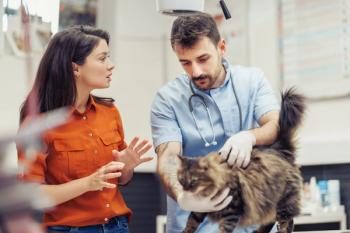
Whether the push is for diagnostics, optimal treatments, or solid preventive measures, leading owners to sound decisions for their pets’ health might be the veterinarian’s toughest task.

Whether the push is for diagnostics, optimal treatments, or solid preventive measures, leading owners to sound decisions for their pets’ health might be the veterinarian’s toughest task.
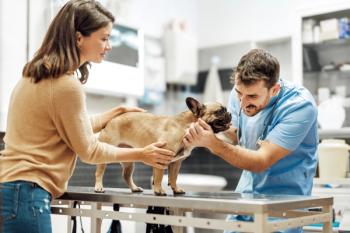
Veterinary teams can help guide clients in understanding true emergencies vs conditions that general practitioners can manage.

Veterinarians sometimes clash on a case, and how they handle their conflicting approaches affects the patient, the owner, and one another
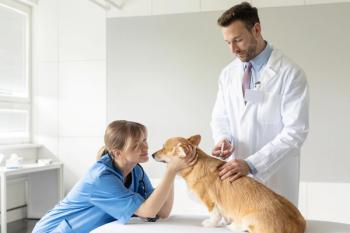
Understanding the problem can help practices develop solutions.

Fluid in the lungs can lead to serious consequences for patients with the condition.
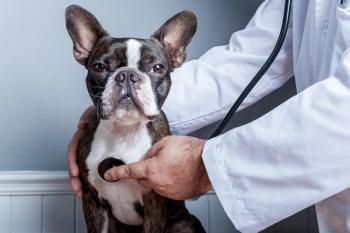
These natural and pharmaceutical therapies aid by reducing the reabsorption of sodium and water
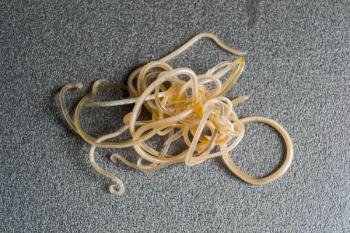
By keeping dogs healthy and owners educated, veterinarians can block the spread of canine zoonoses to people
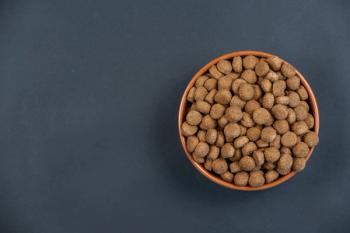
In the years since experts began hashing about the possible heart hazards of grain-free dog food, thinking has changed. But conclusions remain few, leaving pet owners and their veterinarians to chew on the dilemma.

A novel class of drugs normalizes blood glucose in type 2 diabetic cats by dumping sugar into urine rather than modulating glucose uptake in the tissues but patient selection and close monitoring are crucial to using them safely

Clients frequently sniff out the benefits of feeding their pets minimally processed food, so it’s up to veterinary professionals—particularly technicians—to help owners select raw dishes that are formulated correctly and prepped safely.

Dogs with heart murmurs may experience coughing episodes, but dogs that cough may have heart murmurs. Despite a murmur, a dog’s cough might not be cardiac in origin. Then again, it could be. Differentiating the 2 is critical.

When dealing with these arthropod disease vectors, timing is paramount
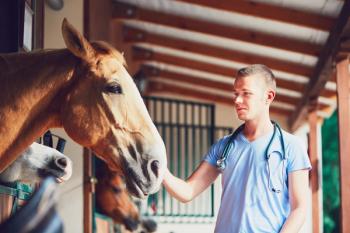
While it’s not always possible to expunge allergens from a horse’s domain, we can rein in runaway immune responses to environmental triggers. Careful testing and targeted therapy may bring comfort to pruritic horses suffering from atopic dermatitis.

Surgery is, at its most elemental level, risky, but there are numerous ways veterinarians can keep their patients safer under the knife and keep themselves calm if surgeries go awry
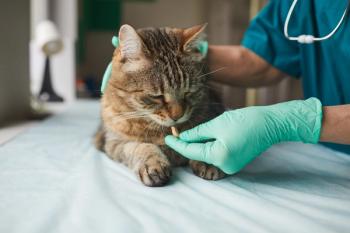
When environmental modification fails to mute stress-related responses, pharmaceuticals can provide much-needed relief

Ingesting of human psychiatric drugs can cause clinical signs ranging from sympathomimetic to anticholinergic

Toxic ingestions of human psychiatric drugs can cause clinical signs in pets that range from sympathomimetic to anticholinergic.

High blood pressure silently weaponizes flowing blood, turning key organs into targets. By detecting the often subtle clues to its havoc, veterinarians can recognize cats and dogs at risk.

The fertile gut of a dog or cat brims with benevolent bacteria. Various forces can ravage this delicate population, but these microorganisms can be reestablished

A leaky gut has several potential backstories. But every type of “protein-losing enteropathy” (PLE) shares a common loss: albumin, a vital protein that regulates the oncotic pressure of blood, among other things. Although dogs with PLE are quite sick, advances in diagnostics and treatments have improved outcomes.

Physical activity and creative mealtime strategies can support weight loss, boost quality of life, and bond cats more tightly with their humans.
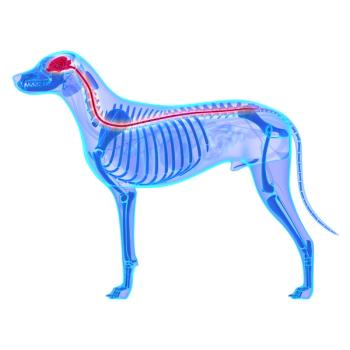
Although the spinal cord choreographs everything a dog does, it is a delicate neural pipeline and vulnerable to common issues that can be mechanical, vascular, infectious, or degenerative.

The timing of spay/neuter surgery—the first major milestone veterinarians must guide a puppy or kitten through—is a big decision for most pet owners. But there is no one-size-fits-all schedule for this procedure. When to sterilize depends on species, gender, and breed, and vets should customize their recommendations to accommodate individual pet needs.

Cats come with caveats, both real and misconceived. But a new generation of pet owners seems determined to understand cats—and enrich their lives like never before.

Physical activity and creative mealtime strategies can support weight loss, boost quality of life, and bond cats more tightly with their humans.

Young dogs have some simple reasons for leaving their urine where it doesn’t belong. But the not-so-simple ectopic ureter, a rare and often overlooked cause, can wreak havoc in the home.
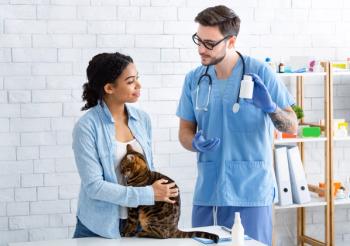
Several years of opioid shortages, legal restrictions, and bounding abuse have triggered the veterinary community to pivot to alternative medications and therapies for pain control in animals. But we haven’t gone cold turkey just yet.
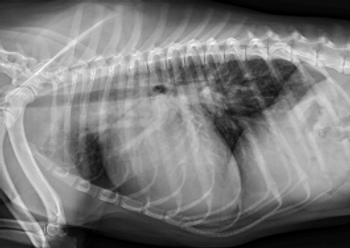
Congenital defects that affect the canine heart have hallmark signatures traceable on puppy exam. Understanding the subtle differences in how they present enables the veterinarian to bring clarity and hope to a dog born with a faulty heart.
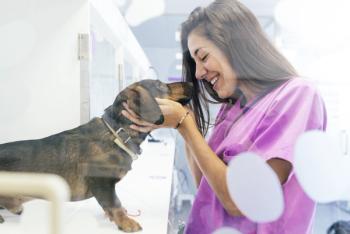
To work more effectively with your patients, train yourself to see the world as they see it, through images.
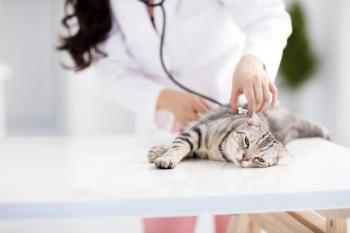
A systematic, streamlined examination style that uses minimal touch to maximize data while minimizing stress.

Published: December 3rd 2020 | Updated:

Published: December 15th 2023 | Updated:

Published: June 26th 2025 | Updated:
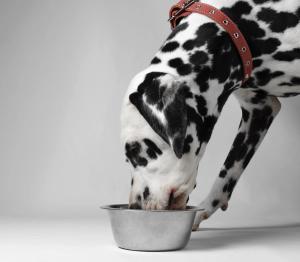
Published: September 3rd 2020 | Updated:
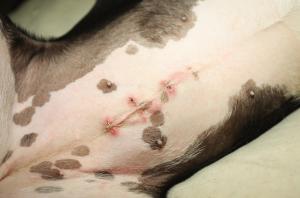
Published: September 13th 2020 | Updated:

Published: August 19th 2020 | Updated: